Daniel Thalmann
Fast 3D Modeling of Anthropomorphic Robotic Hands Based on A Multi-layer Deformable Design
Nov 07, 2020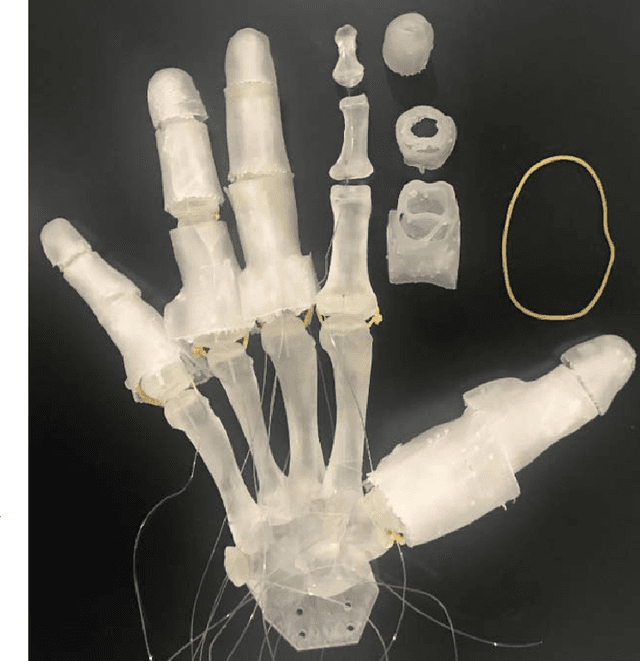
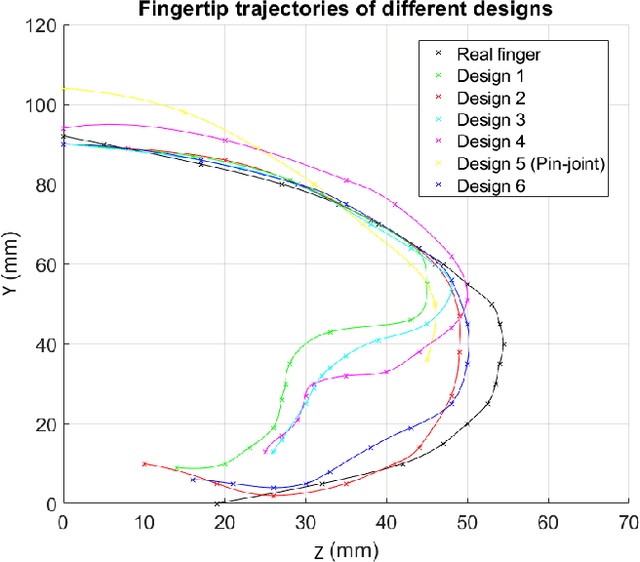
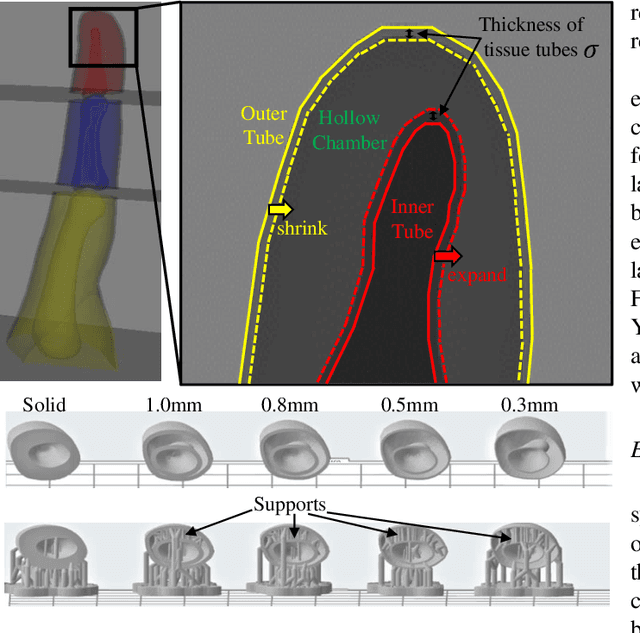
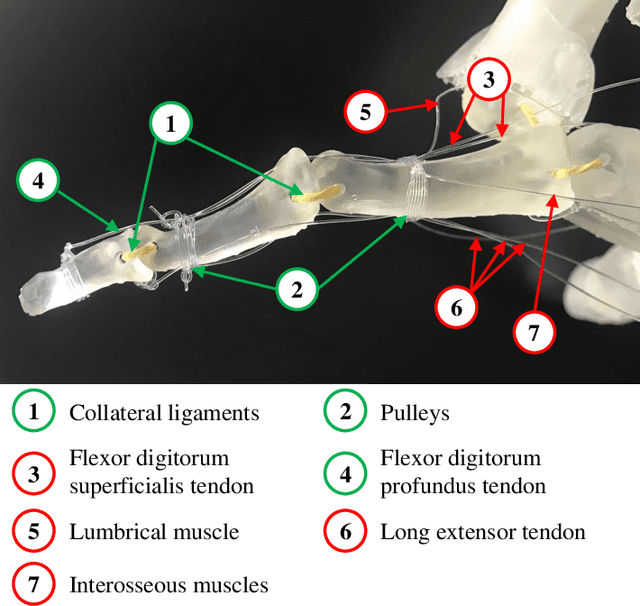
Abstract:Current anthropomorphic robotic hands mainly focus on improving their dexterity by devising new mechanical structures and actuation systems. However, most of them rely on a single structure/system (e.g., bone-only) and ignore the fact that the human hand is composed of multiple functional structures (e.g., skin, bones, muscles, and tendons). This not only increases the difficulty of the design process but also lowers the robustness and flexibility of the fabricated hand. Besides, other factors like customization, the time and cost for production, and the degree of resemblance between human hands and robotic hands, remain omitted. To tackle these problems, this study proposes a 3D printable multi-layer design that models the hand with the layers of skin, tissues, and bones. The proposed design first obtains the 3D surface model of a target hand via 3D scanning, and then generates the 3D bone models from the surface model based on a fast template matching method. To overcome the disadvantage of the rigid bone layer in deformation, the tissue layer is introduced and represented by a concentric tube based structure, of which the deformability can be explicitly controlled by a parameter. Besides, a low-cost yet effective underactuated system is adopted to drive the fabricated hand. The proposed design is tested with 33 widely used object grasping types, as well as special objects like fragile silken tofu, and outperforms previous designs remarkably. With the proposed design, anthropomorphic robotic hands can be produced fast with low cost, and be customizable and deformable.
Robust 3D Hand Pose Estimation in Single Depth Images: from Single-View CNN to Multi-View CNNs
Dec 27, 2016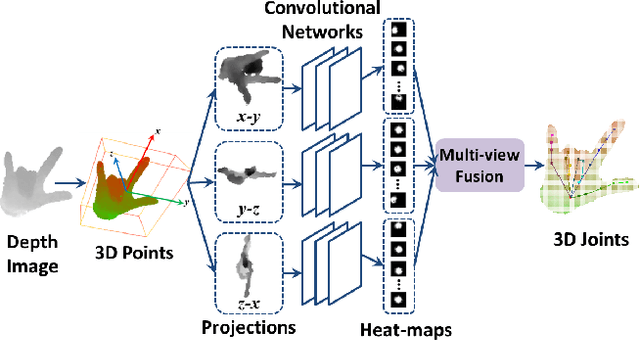


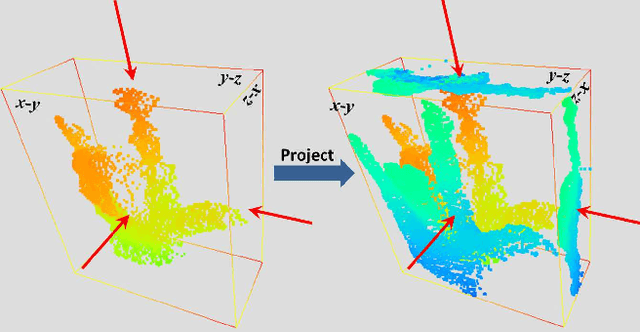
Abstract:Articulated hand pose estimation plays an important role in human-computer interaction. Despite the recent progress, the accuracy of existing methods is still not satisfactory, partially due to the difficulty of embedded high-dimensional and non-linear regression problem. Different from the existing discriminative methods that regress for the hand pose with a single depth image, we propose to first project the query depth image onto three orthogonal planes and utilize these multi-view projections to regress for 2D heat-maps which estimate the joint positions on each plane. These multi-view heat-maps are then fused to produce final 3D hand pose estimation with learned pose priors. Experiments show that the proposed method largely outperforms state-of-the-art on a challenging dataset. Moreover, a cross-dataset experiment also demonstrates the good generalization ability of the proposed method.
 Add to Chrome
Add to Chrome Add to Firefox
Add to Firefox Add to Edge
Add to Edge